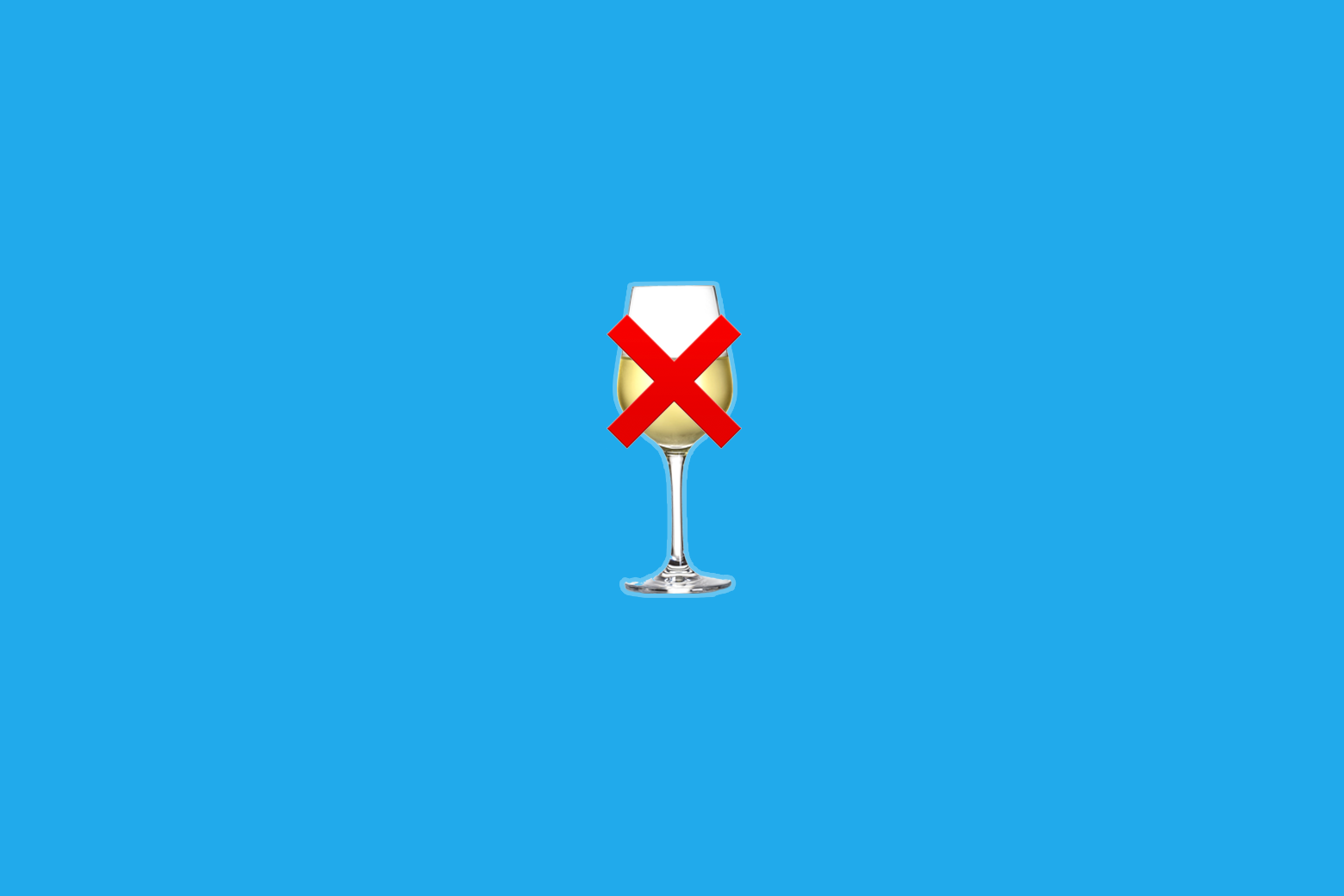There are thousands of wine varieties out there in the world, but you’d never know it from the looks of our wine-glass emoji, which depicts a simple if healthy pour of red. If you want to indicate a chardonnay or riesling digitally, you’ll have to stick to words, because this lexicon completely excludes white wine from the emoji narrative.
Wineries that specialize in white wine are fed up with their lack of representation. So white wine has become the latest subject of an emoji campaign designed to push the Unicode Consortium, the organization that oversees emoji, to officially add a new one to its roster. According to a 2016 San Francisco Chronicle article, “[t]he group gets about 100 proposals a year and approves 50 to 70 percent,” so white wine has a pretty good shot at coming soon to smartphones everywhere.
If the bigwigs of tiny symbols at Unicode vote yes, then a small but persistent wrong will finally be righted. And yet, I find myself less than enthused at the prospect of toasting to the emoji wine cellar possibly doubling in size.
This is not to knock white wine, which I, too, have been known to enjoy on occasion. It’s more that I am just about done with campaigns for new emoji. There are about 2,700 emoji now, up from the 176 that were initially encoded in 1999. As you can probably imagine, they’ve grown increasingly specific as emoji have exploded in popularity. Where there used to be just a cloud, now there’s sun behind cloud, sun behind large cloud, sun behind small cloud, sun behind rain cloud, and so on. With the Unicode Consortium continuing to add new emoji every year, advocates of all sorts have started to publicly agitate for their preferred iconography. Every Tom, Dick, and Harry wants their own special pixelated trophy. Lacrosse players just had to have a lacrosse emoji. The state of Maine couldn’t live without a lobster emoji. Global health advocates made a big deal of calling for a mosquito emoji, which, call me crazy, seems like a bit of a distraction from more pressing issues of global health.
I’m going to go ahead and say it: Emoji are getting out of control. We do not need a frisbee, a cupcake, a superhero, or half the nonsense we’ve been given in recent years. We don’t need an emoji to represent every single word. That’s why we have words.
Not all emoji campaigns exemplify the frivolity of the proposed white-wine emoji. I’m sympathetic to proposals that focus on the diversity of emoji, which have historically been slow to reflect the full breadth of humanity on Earth: When the first emoji-compatible smartphones hit the market in 2010, the lexicon was notably lacking in skin tones beyond the default yellow, and it took a few years for the Unicode Consortium to add a more representational range. Earlier emoji sets were also faulted for their stereotypical portrayals of women and have since added female versions of many professions. As more blind spots in this vein are identified and become the subject of campaigns, Unicode should absolutely strive to respond and improve the lexicon.
For example: Trans activists are currently pushing for a trans-flag emoji. By all means, let’s fill in these sorts of gaps. But is it really sexist that we don’t have a one-piece bathing-suit emoji, as the same woman who previously led the fight for the flat-women’s-shoe emoji is arguing, or is it a case of the bikini providing a better minuscule representation of a swimsuit than a tiny maillot would?
Either way, I think we can live without the white-wine emoji, I really do. I feel pretty confident in saying that no one’s life will be meaningfully improved, or even meaningfully affected, by the existence of the white-wine emoji, if and when the proposal is successful. In fact, the whole thing feels like a pretty transparent marketing ploy. (It all comes back to campaign finance reform!) Emoji that represent specific brands are forbidden by Unicode, but it still seems pretty craven to have wineries that specialize in white wine lobbying the Unicode Consortium on behalf of their icons of choice. And in the end, mounting a campaign for something like the white-wine emoji and devoting energy to it cheapens the emoji campaigns that center around more legitimate representational issues. So let’s go ahead and fix those before we devote too much energy to the waffle or the flamingo—both of which are on Unicode’s agenda for 2019.
Correction, Aug. 4, 2018: This piece originally misstated that the Unicode Technical Committee agreed to officially consider a white-wine emoji for review next spring. There is no date set for the full committee to consider the proposal yet.
